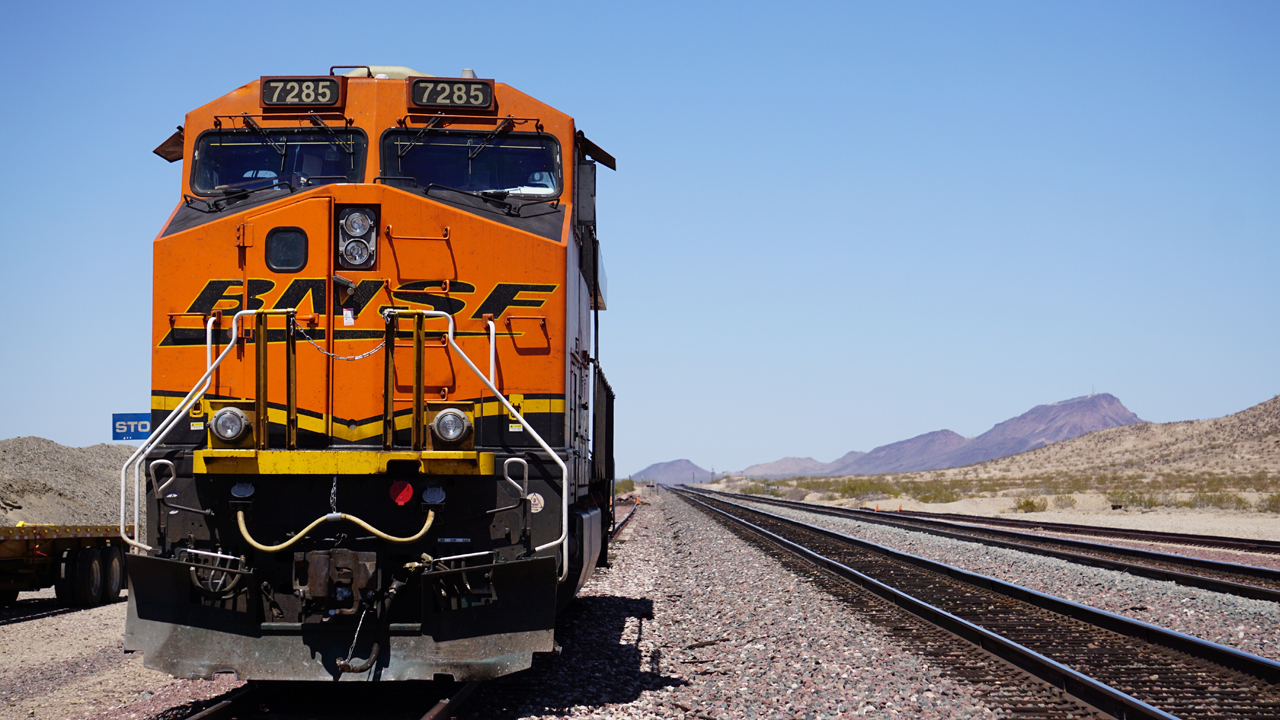
BNSF 3Q22: Earnings Down Based on Lower Volumes, Higher Operating Costs
Written by Marybeth Luczak, Executive Editor
Of BNSF’s business groups, Agricultural Products was the only one to post a volume increase in third-quarter 2022. Ag volumes were up 4% “due to higher domestic grain shipments and increased renewable diesel and oil feedstock shipments,” the railroad reported on Nov. 7.
BNSF’s after-tax earnings declined 6% in third-quarter 2022 and rose 4% in the first nine months of the year vs. the same periods last year, reflecting higher revenue per car/unit, lower overall freight volumes, and higher fuel and other operating costs, according to parent company Berkshire Hathaway.

Berkshire Hathaway on Nov. 5 and BNSF on Nov. 7 released the Class I railroad’s financial results for the three-months and nine-months ended Sept. 30, 2022.
Operating income for the third quarter and first nine months of 2022 came in at $2.1 billion, down 7% (or $154 million), and $6.5 billion, up 2% (or $159 million), respectively, from the prior-year periods. Operating ratios were 67.7% and 65.2% for the third quarter and first nine months, respectively, up of 8.2 percentage points and four percentage points, respectively, from 2021.

Total revenues for the third quarter and first nine months of 2022 rose 16% and 14%, respectively, from the year-ago periods, which BNSF said reflected decreased volumes of 5% in both periods. Consumer Products volumes fell 7% and 8%, respectively, for the third quarter and first nine months of 2022, “primarily due to lower international intermodal shipments resulting from supply chain challenges,” the railroad reported. Agricultural Products volumes increased 4% for the third quarter “due to higher domestic grain shipments and increased renewable diesel and oil feedstock shipments,” and decreased 1% for first nine months of 2022, which was “primarily due to lower grain exports, partially offset by higher volumes of domestic grains, renewable diesel and oil feedstocks,” according to BNSF. For Industrial Products, volumes dropped 7% for third-quarter 2022 and 3% for first nine months of the year. This was “primarily due to lower petroleum related to lower demand for shipments of crude by rail and lower building products shipments,” the railroad reported. For Coal, volumes were down 1% in the third quarter, which was “primarily due to network challenges,” and increased 3% for first nine months “due to increased electricity generation, higher natural gas prices and improved export demand.”
According to BNSF, the average revenue per car/unit increased 23% for the third quarter and increased 20% for the first nine months of the year from the corresponding periods in 2021. BNSF attributed the results to “higher fuel surcharge revenue driven by higher fuel prices, along with increased rates per car.”
Operating expenses for the third quarter and first nine months of 2022 were up 30% and 20%, respectively, compared with the same periods in 2021. This “reflected significant increases in the cost of fuel, as well as higher compensation and benefits expenses,” reported BNSF. The railroad noted that fuel expense rose 80% and 75% in the third quarter and first nine months of 2022, respectively, “primarily due to higher average fuel prices, partially offset by lower volumes,” and locomotive fuel price per gallon was up 81% and 77% in the third quarter and first nine months of 2022, respectively. Additionally, compensation and benefits expense increased 26% and 12% in the third quarter and first nine months of 2022, respectively, “primarily due to wage inflation, including the impact from tentative or ratified union labor agreements, higher health and welfare costs, and lower productivity,” BNSF said. Materials and other expense increased 94% and 25% in the third quarter and first nine months of 2022, respectively, and the railroad said this was “primarily due to general inflation, lower gains from land and easement sales as well as higher casualty costs.” BNSF noted that there were “no significant changes in purchased services, depreciation and amortization, equipment rents or interest expense.”



